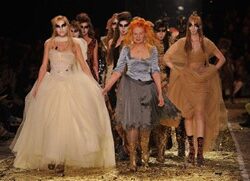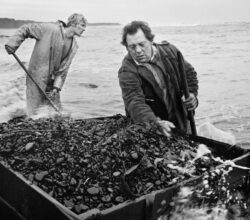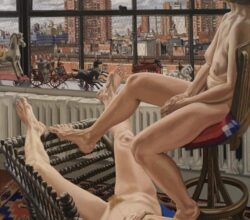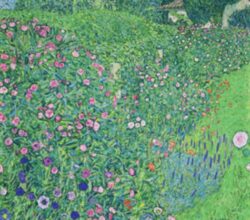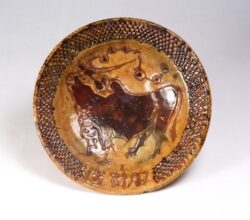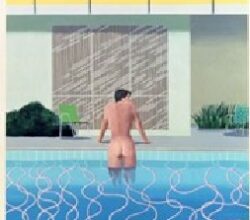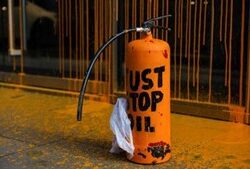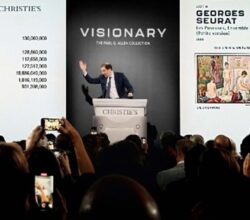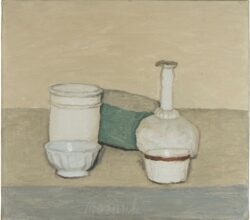
Giorgio Morandi review – sublime still lives shimmer with mystery and joy
Jonathan Jones | The Guardian | 7th January 2023
Cezanne’s many studies of apples greatly inspired Morandi. Yet it is the Italian, this writer claims, who made the still life genre a “20th century art form”. How did Morandi do that? Many critics note the intensity of focus he brought to his modest collections of vases, bottles and dishes. It reflects his respect for life in Bologna, as well as a personal humility. His carefully arranged bottles, so precisely observed, thus come to have a poetic quality – this is art that “aches with humanity and love”.

